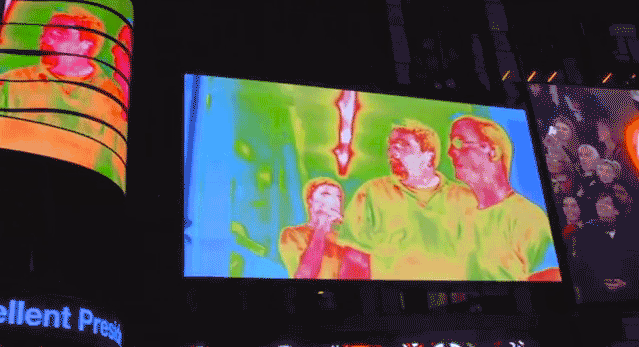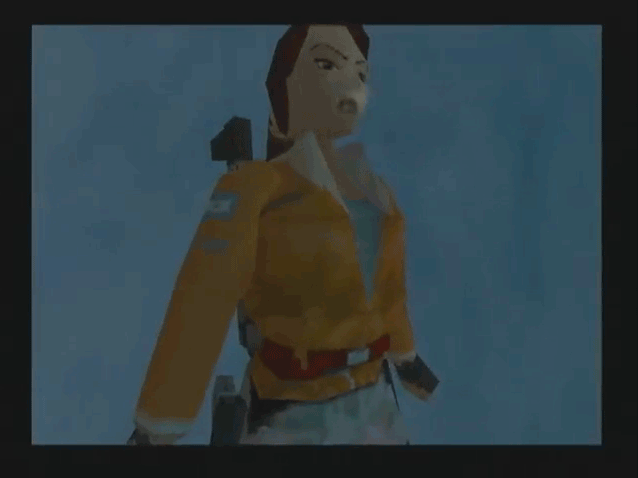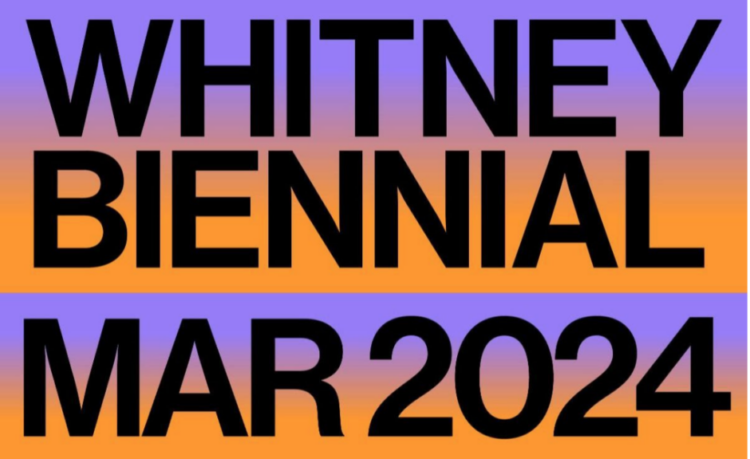Peggy Ahwesh Goes to Times Square
Experimental filmmaker and video artist Peggy Ahwesh (2000 Moving Image) was part of Creative Capital’s first class of awardees with her work The Star Eaters, a short film about gambling, risk-taking and failure in one woman’s trip through Atlantic City. Since then, Peggy’s career has not stopped for a minute. Most recently she was commissioned for The Times Square Advertising Coalition and Times Square Arts’ Midnight Moment with a piece entitled City Thermogram. Using a thermal camera from Princeton’s MIRTHE Lab, Peggy roamed the streets of New York City shooting city views and recording the “glow of the heat generating systems and devices we rely on.” So every night in April from 11:57pm to midnight, Peggy’s piece have taken over the video screens of Times Square. The installation ends on April 30, so if you’re in New York, wander over to Time Square just before midnight!
To celebrate her latest achievement, here are our top five Peggy Ahwesh films, in no particular order, as we take a look back at her career.
She Puppet (2001)
Even before Angelina Jolie played her, Lara Croft was the leading lady in Peggy’s She Puppet. After playing hours of Tomb Raider, Peggy edited together about 15 minutes of footage sans its pop synth soundtrack and created an undeniably feminist work exploring existential questions. We no longer see Lara, but rather just a female puppet who is at the mercy of the player, much like women in a patriarchal society. The highlight of this short has to be the 30 second death montage in which Lara is killed in every way possible (mauled, shot, electrocuted) and falls to a whimper.
Pittsburgh Trilogy (1983)
Not to be confused with Stan Brakhage’s Pittsburgh Trilogy, Peggy’s Pittsburgh Trilogy is her first major work, which reads more like intimate portraits of her friends than narrative films. In the summer of 1983, before she became “Peggy the filmmaker” amongst her pals, she was just “Peggy with a camera” and was able to capture private moments rather than performative ones. The trilogy is composed of three separate portraits—Verite Opera, Paranormal Intelligence, and Nostalgia for Paradise—each with a look at her friends Roger, Claudelle, and Margie, who are fascinating in their own right. Here Peggy is not only looking outwardly to discover more about her subjects, but inwardly as well, to identify who she is as a filmmaker and how she navigates the camera across spaces. Through these engrossing, personal stories, we see the origins of Peggy’s earnest filmmaking style.
Strange Weather (1993)
Inspired by friend and co-director Margie Strosser’s (the same Margie from the Pittsburgh Trilogy) sister who was a real crack addict, Strange Weather follows a small gaggle of drug addicts holed up in their Miami hotel room amidst an oncoming hurricane. Filmed on black and white Super 8 and Pixelvision, this mockumentary is gritty, claustrophobic, and intense in its portrayal of these outlandish characters who seemed to be more concerned about their next score than the impending storm. The portrayal is a bit perturbing, but the film’s style makes you question everything you know about representation and honesty.
Martina’s Playhouse (1989)
Filmed like a home movie, Martina’s Playhouse is an exercise in understanding complex issues of womanhood through the lens of a young girl. The camera is intimate, gentle, and obviously candid as Martina performs and oscillates between various roles of reader, performer, narrator, mother, baby. Interestingly, Peggy once said that the film references both Pee Wee’s Playhouse and Three Men and a Baby. (BRB must rewatch all three now.)
Beirut Outtakes (2007)
Using found footage from an abandoned Beirut Cinema, Beirut Outtakes paints a controversial and thought-provoking image of the Middle East. Deteriorated and cacophonous, the film scraps used are a medley of 1940s and 1950s Hollywood and Arab cinema, juxtaposing romanticized images of western orientalism and exaggerating stereotypes of the Arab as sheik or belly dancer. Peggy gleefully plays with expectation and succeeds in creating a fascinating look at what gets left behind.
Explore more of Peggy Ahwesh’s work on Vimeo.



